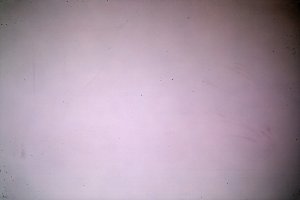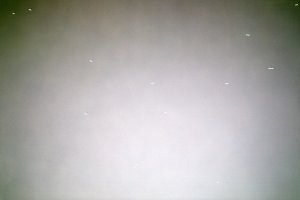Dear all
Today I cleaned the sensors on my two 5D2 cameras. I had originally thought they were both pretty clean but I discovered a large number (c.30) spots on one sensor whilst editing in Lightroom. The reason I discovered the spots was that I used the Prolost dehaze plug-in for the first time and when I set it to 100% the spots appeared!
So today I used the dehaze feature to check my cleaning and it proved a marvellous help in checking where the spots were and whether I had got rid of them.
Today I cleaned the sensors on my two 5D2 cameras. I had originally thought they were both pretty clean but I discovered a large number (c.30) spots on one sensor whilst editing in Lightroom. The reason I discovered the spots was that I used the Prolost dehaze plug-in for the first time and when I set it to 100% the spots appeared!
So today I used the dehaze feature to check my cleaning and it proved a marvellous help in checking where the spots were and whether I had got rid of them.
Upvote
0


